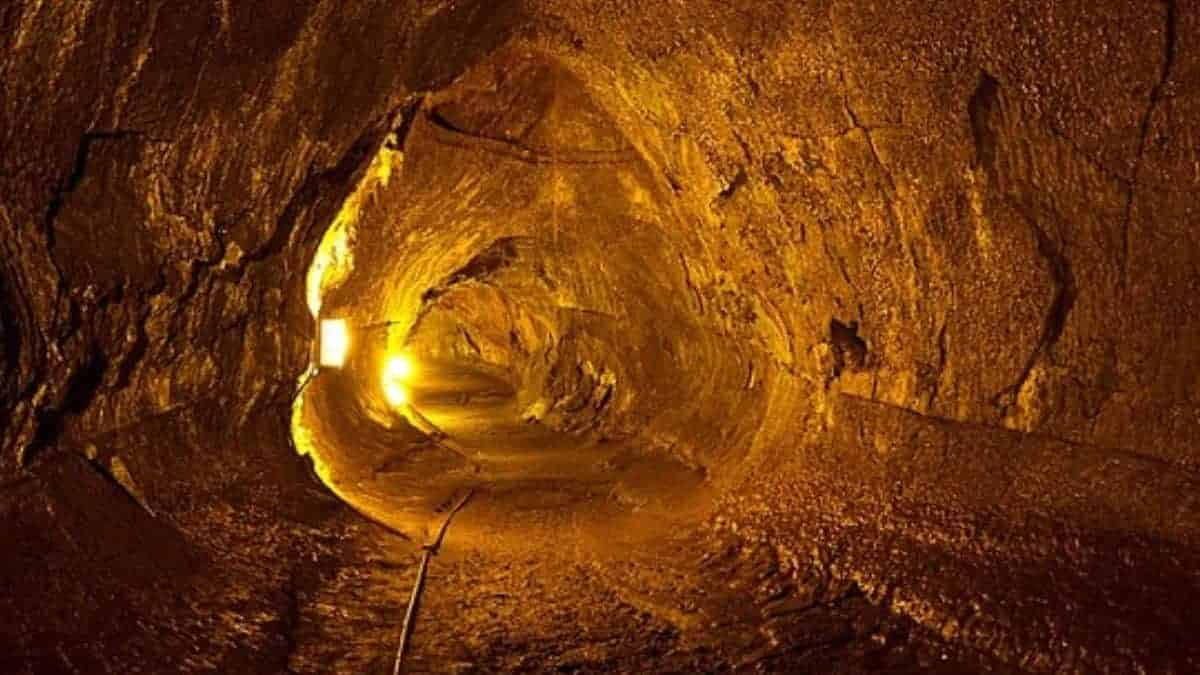New form of Unique Bacteria found in lava caves of Hawaiian islands

The tiniest known living things on Earth, microbes can be found almost anywhere, even in the frigid, Mars-like environments of lava caves.
Recently, researchers on the Hawaiian island discovered a fascinating variety of unique bacteria surviving in lava tubes, geothermal caves, and volcanic vents.
These subterranean formations, which get little to no sunlight, date back between 65 and 800 years. They may potentially include dangerous materials and gases. However, microbial mats are a typical element of lava caves in Hawaii.
More unusual life forms than anticipated have been discovered in samples of these mats that were obtained between 2006 and 2009 and again between 2017 and 2019. Researchers sequenced 70 samples for a single RNA gene, which is frequently used to determine microbial variety and abundance, but they were unable to confidently match any of the results to known genuses or species.
The authors of the study state that this “indicates that caves and fumaroles are under-explored varied ecosystems.”
Following plants, microbes make up the majority of the biomass on our planet and almost all of the biomass in the deep subsurface of the globe. However, due to their small size and need to survive in such harsh conditions, these organisms have long been disregarded by biologists.
Because they live in settings that are extremely similar to those found on Mars, subsurface bacteria have drawn increased attention in recent years. But there is still much to be done.
According to recent estimates, 99.999 percent of all microbe species are yet undiscovered, which has led some to call them “dark matter.”
The recent Hawai’ian research emphasises how mysterious these life forms are.
The locations’ diversity varied. Compared to geothermically active locations or lava tubes that were younger than 400 years old, older lava tubes, those between 500 and 800 years old, supported more varied microbial communities.
The younger and more active sample sites displayed more complex microbial interactions, probably as a result of the lower diversity, even though the older sites were more diverse. To survive more effectively, the bacteria might need to cooperate.
It may take some time for bacteria to colonise volcanic basalts, and as their habitat changes, so does the makeup of their communities, according to researchers. Proteobacteria and Actinobacteria, for instance, are more common in cooler caves.
This raises the question of whether harsh settings promote the development of microbial communities that are more dependent on one another and more interacting. Rebecca Prescott, a microbiologist at the University of Hawaii at Manoa, is puzzled.
Microbes appeared to be more distantly connected in younger lava caves. This shows that in harsher settings, competition is a stronger factor and that the likelihood of closely related species coexisting is decreased.
By utilising light energy in relatively dark environments, Chloroflexi bacteria might serve as sources of carbon in the ecosystem.
But as of right now, that is all conjecture. Prescott and her coworkers are unable to determine the function of a specific microbe in their underground community because only one gene was only partially sequenced in the study.
Overall, this study contributes to demonstrating the value of studying bacteria in co-culture as opposed to growing them separately (as isolates), according to Prescott.
“In the natural world, microbes do not grow in isolation. Instead, they grow, live, and interact with many other microorganisms in a sea of chemical signals from those other microbes. This then can alter their gene expression, affecting what their jobs are in the community.”
The study was conducted by Frontiers in Microbiology.

